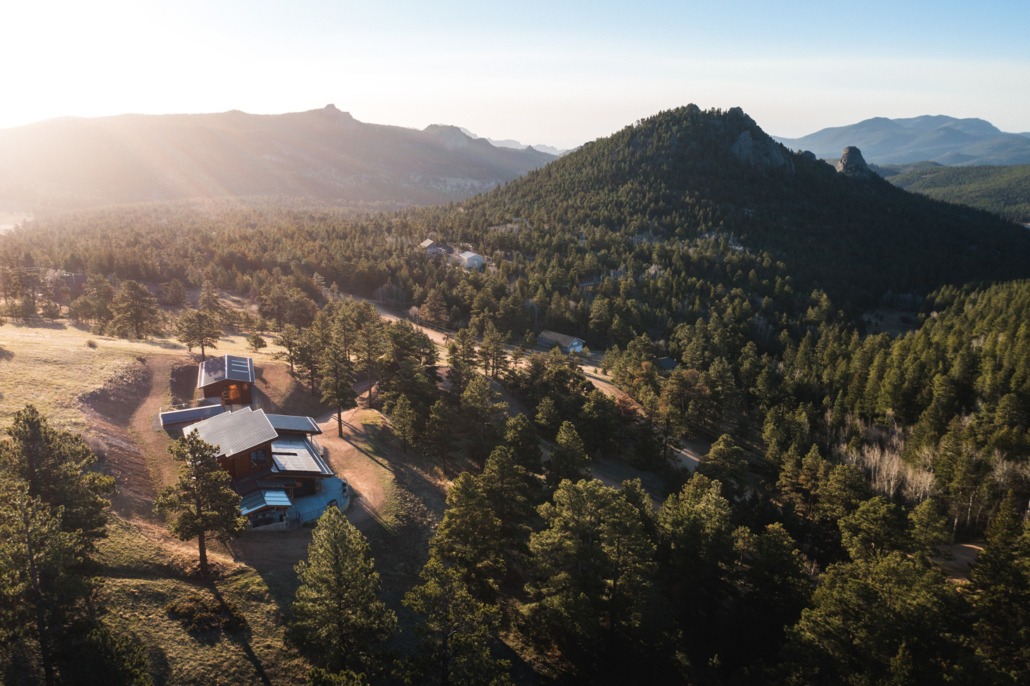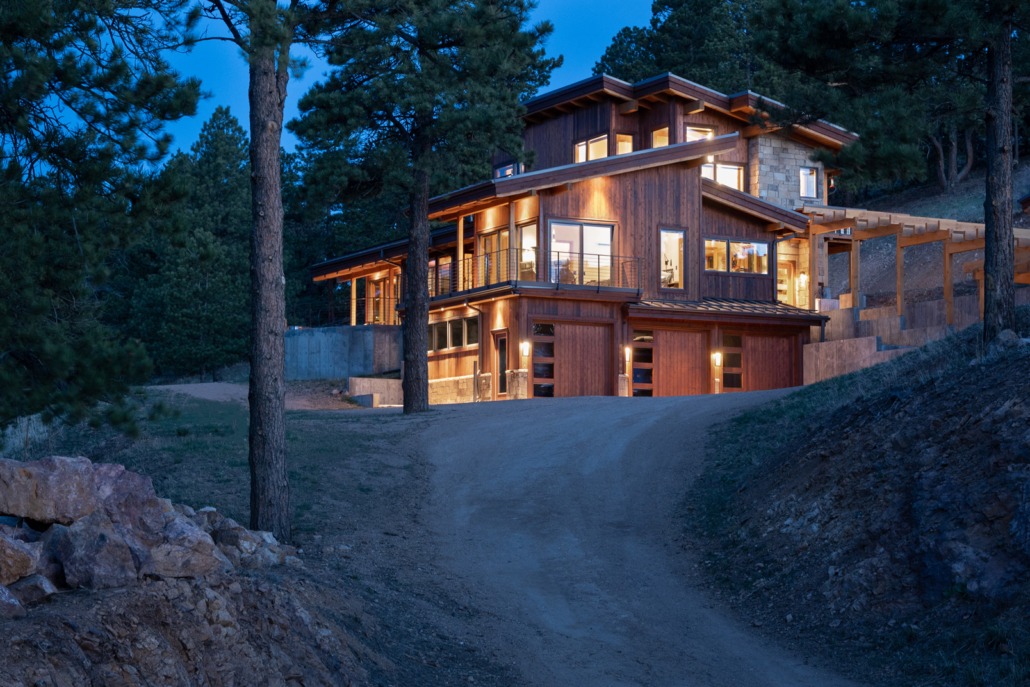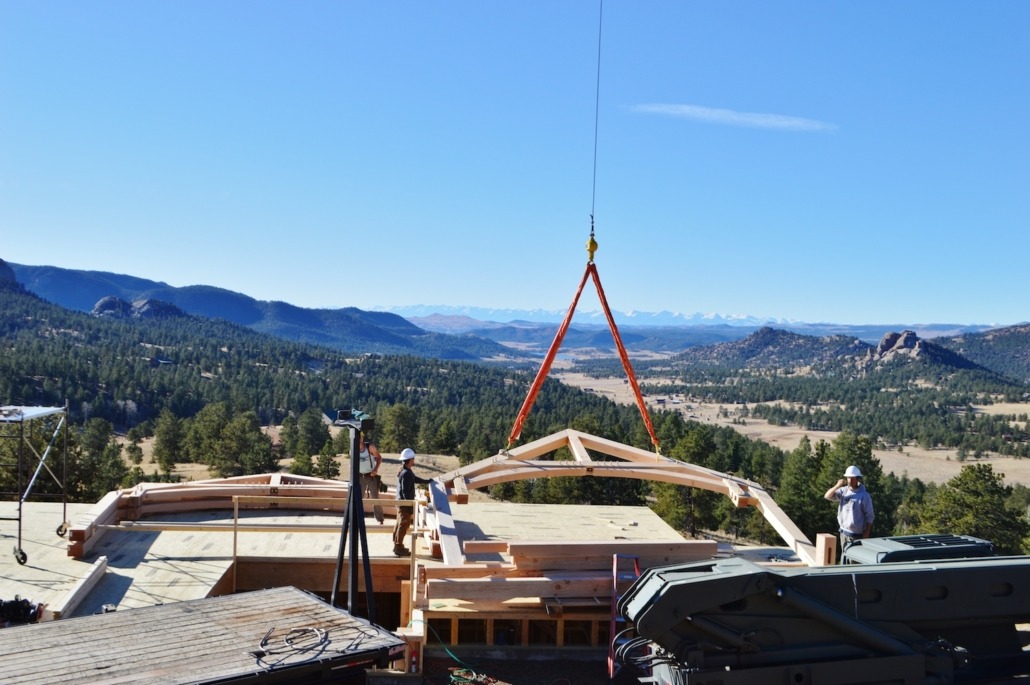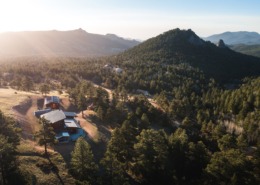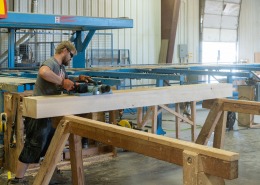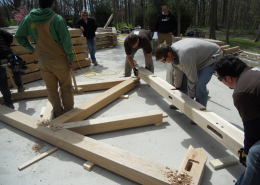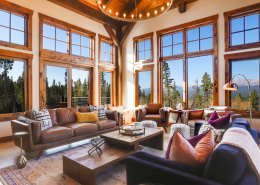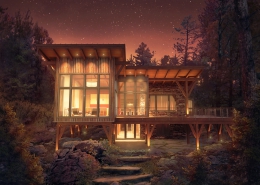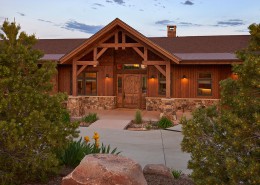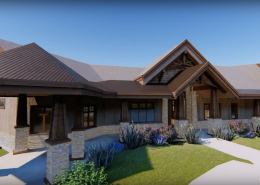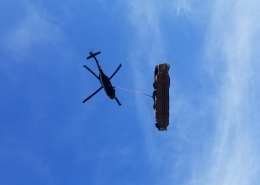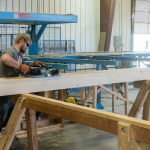Building a Timber Frame Home in a Remote Location
Building a timber frame home in a remote location comes with many perks. Land may be more affordable and living away from town often grants more space and privacy. However, there are a few things about remote construction that every buyer should evaluate and take into consideration.
Accessibility
Choosing the wrong build site can cause major headaches for the property owner and builders alike. Timber frame and SIP construction require accessible roads for transporting large units of timber and pre-fabricated panels. Because of this, a buyer should make sure there is an easy way to get the materials to the location where they’re building. In some locations, local roads may not be able to accommodate large vehicles. If roads are too narrow or steep, smaller trucks can be scheduled to haul materials to the site, but this may add more time and cost to delivery. Buyers should also be aware that skilled labor is often harder to find in remote areas. Because of this, your builder may need to pay higher hourly labor rates to retain and attract out-of-town crews in addition to travel and lodging expenses.
Choosing a Smart Location
Once the land is purchased, you must decide the best location for the house to go. A buyer should be mindful of land development costs as site work can take a large chunk out of a budget, so it’s important to know what work will need to be done based on where the home will be built. For example, many buyers might not think about the cost of excavating and grading a driveway. Depending on the length of the driveway or road, it can cost tens of thousands of dollars.
Available Utilities & Services
When building a timber frame home in a remote location, buyers should know ahead of time what utilities are in place and what the cost is to obtain any available services. For sites without available utility hookups, building off-grid can be an option. An off-grid home does not rely on one or more public utilities. For example, a timber-built home without access to a municipal water supply will require digging a well to access fresh water. Similarly, a septic system may be required to remove waste matter from a remote and off-the-grid timber frame home.
Prefabricated timber frames and structural insulated (SIP) panels can be a good option to help avoid the common challenges that can come with building remote projects. Building in a controlled environment minimizes the amount of on-site work, which is beneficial when the location is in an extreme environment where the yearly construction window is small. Prefabricated construction is also great for minimizing waste and speeding up the amount of onsite labor time.
To make your building experience as smooth as possible, plan ahead and take into consideration the unique challenges that come with building this type of home in a remote location.
See what’s new!
Stay up to date with our latest projects, upcoming events, and news by subscribing to the Colorado Timberframe quarterly newsletter.

